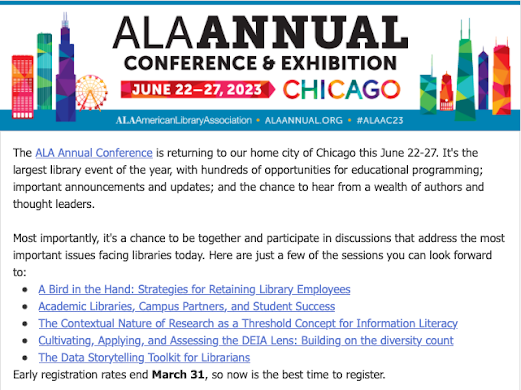Understanding Helpers: from folklore to nonprofits
Before you can defeat a dragon, you need some
help. Everyone seems to understand the idea of the helper in a narrative as a
figure that the hero encounters on their journey. The helper helps the hero,
sometimes through an outright gift but, often, as a reward for some relatively
small kindness that the hero rendered to the helper well before the hero knew
that this figure might offer such rewards. But how much do we ever really know
about the helper? And how might that relate to the helping work of nonprofit organizations?
Take the Russian tale of Vasilisa.
At the house of the evil witch Baba Yaga, Vasilisa is kind to the hungry cat,
so the cat gives her a ribbon and a comb. When she is making her escape from
the witch, she throws the ribbon behind her and it turns into a river, then she
throws the comb behind and it turns into a thick forest. Vasilisa had her
instructions to throw the ribbon and comb behind her, but she did not have any
way of knowing that the cat's gifts would save her life.
At other times, the helper is even more
secretive about their identity, and the gifts they might bestow take a long
time to become evident. In a more complex version, the goddess Hera takes the
form of an old woman. When Jason, hero of the Argonauts, helps her by carrying
her across the river, he loses one of his sandals. The lost sandal is Hera's
blessing because its absence marks him to King Pelias as the legitimate
successor to the throne.
In one straightforward version, good is rewarded
and bad is punished. In the folktale Diamonds and
Toads, an apparent beggar woman is really a fairy in disguise. Two
daughters come upon her and treat her kindly and cruelly, in accordance with
their own characters. The kind daughter is blessed with speaking in diamonds
and rubies, while the cruel daughter is cursed with speaking in toads. The idea
that who we really are comes out when there's no apparent reward for kindness
or generosity is both very old and continually reworked. There's even a modern
TV trope of the secret test of a character's
moral conviction, and the beggar
disguise is a subset of this test. Thompson classified this motif as N825.3.1.
Help from old beggar woman.
Still, it's amazing how little we know about
these helper figures. They arrive, they seem to need the hero's help, but they
give something much more valuable in return. Then they disappear from the
narrative. We are so focused on the hero that it can be difficult to keep the
helper in our minds once we are beyond them in the story.
This is how it is with helping organizations
like nonprofits. When we try to tell the stories of, say, incredible libraries
or amazing educational programs, we need heroes. Heroes show us what these
organizations can really do, not by waiting to help people, but by bestowing
gifts that go well beyond what the hero expected to receive. Non-profits matter
when they make an impact on a person's life.
When you work in libraries or other
institutional contexts, chances are good that you've tried to tell a
library-as-hero story. The reason that so rarely works is that libraries are,
archetypally, not heroes but helpers. It's not only easier but also better to
situate the library where it belongs, as a valuable helper whose gifts go far
beyond what might be expected. A way to approach this might be to think back to
the cat's gift of the ribbon-turned-river. When does a library provide
resources that allow someone to apply for and ultimately get a job? The way a
job application on a public computer turns into a life-changing employment
opportunity is all about the hero and what the hero does to bring that
opportunity to life. But the library is still part of the story, as the
friendly cat who rewards kindness with a seemingly simple gift that expands to
be life-saving.
Nonprofit stories should focus on the role of
organization as helper. The brighter the hero shines in a story, the more
important audiences know that helper figure to be. What was difficult to keep
in our minds becomes easier to think and talk about when the non-profit takes
up its rightful archetypal place. When we look for nonprofit stories, it's
always tempting to try to tell something about the place, space, or staff, when
in fact its more productive to talk about the people who benefit.
Animal shelters know this. They rarely focus on
themselves or their facilities (or the tragic overpopulation of animals).
Instead, they focus on the lives changed, human and animal, when a pet finds
their person and a person finds their pet. Not all cats bestow magic ribbons
and combs, but all nonprofits can benefit from taking their place as helper and
telling the stories of the heroes that they help.
(With thanks to Daphne Bechrakis for editing,
and Franklin Kramer, Will Davenport, and the iSchool Help Desk staff for
brainstorming helper stories.)
